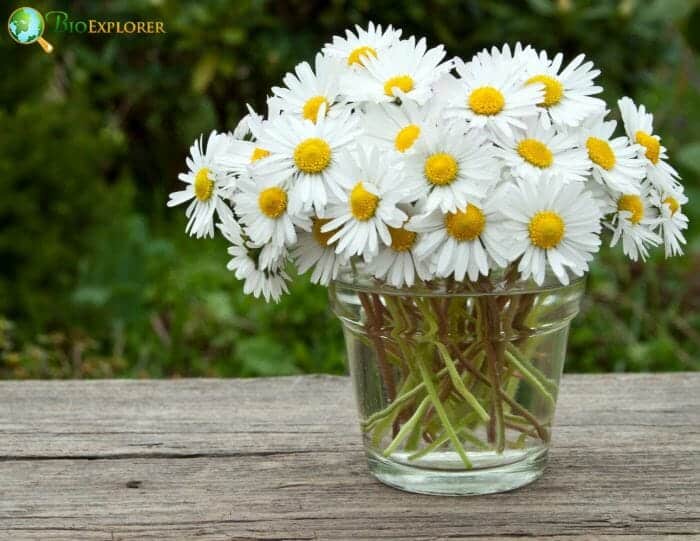
Daisies exude innocence, joy, and freshness. They are among the most famous flowers in the world, where they embellish cultivated landscapes and wild fields. When thinking of daisies, you can think of the classic white petals surrounded by a yellow center.

This Daisy is native to southern Europe and the Mediterranean. The grass daisy belongs to the Asteraceae family and is related to grasses such as chamomile, yarrow, or dandelion. In a narrower sense, Daisy belongs to the genus Bellis, which is relatively species-poor with around 12 species[1].

Also known as lawn daisy and common daisy, daisies generally are flowers between April and June. They are available in many colors, including blue, red, pink, and white. Daisies are perennials that grow to a height of about 6 inches.

Daisy leaves are oval and oblong and dark green, with a length of about 1.6 inches (4 cm) by a width of 0.8 inches (2 cm). The plant’s stems are rarely hairy and are usually leafless. The most notable feature of daisies is the flowering on a 1.6 to 4 inches long stem.

Daisies are unique in that they can grow like weeds. Still, they are highly coveted for flower arrangements and wedding decorations.












